Woodworking joinery is an intricate craft that involves the art of connecting different pieces of wood together to create strong and visually appealing joints. In this comprehensive guide, we explore 15 types of wood joinery techniques that will elevate your woodworking projects to new levels of craftsmanship.

Understanding Wood Joinery
Wood joinery encompasses a wide range of techniques, each with its own unique characteristics and applications. Understanding these techniques is essential for mastering the art of woodworking joinery.
Traditional Joinery Techniques
Traditional woodworking joinery techniques, such as dovetail joints, mortise and tenon joints, and finger joints, have stood the test of time for their strength and reliability. These techniques require precision cutting and fitting, resulting in joints that are not only functional but also aesthetically pleasing.
Modern Joinery Methods
In addition to traditional techniques, modern woodworking has introduced innovative joinery methods that leverage the use of specialized tools and machinery. Techniques like pocket hole joinery, biscuit joinery, and dowel joinery offer quick and efficient ways to create strong joints, making them ideal for both beginners and experienced woodworkers alike.
1. Dovetail Joinery
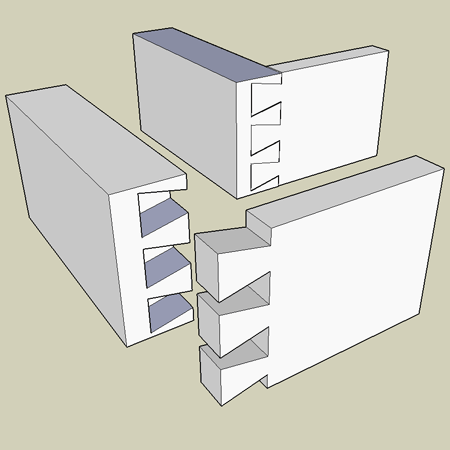
Dovetail joints are renowned for their strength and durability. They consist of interlocking pins and tails that create a tight and secure connection, commonly used in drawer construction and fine furniture making. (The photo above is technically a half-blind dovetail. Can you see why?)
2. Mortise and Tenon Joints
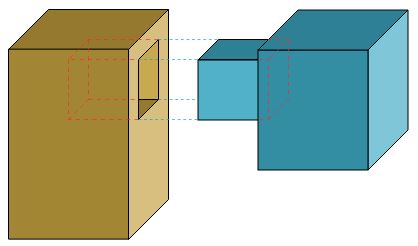
Mortise and tenon joints are one of the oldest and most versatile woodworking joints. They involve a projecting tenon on one piece of wood that fits into a corresponding mortise on another piece, providing a strong and reliable connection.
3. Finger Joints
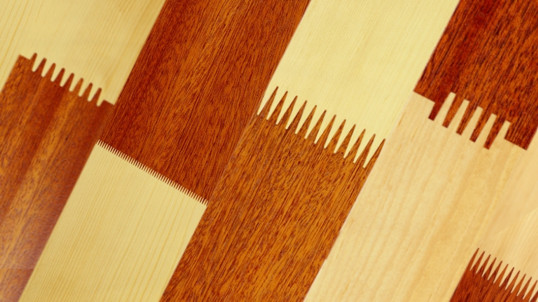
Finger joints, also known as box joints, are formed by interlocking fingers of two pieces of wood. They are commonly used in box construction and offer a large gluing surface for added strength.
4. Dado Joints
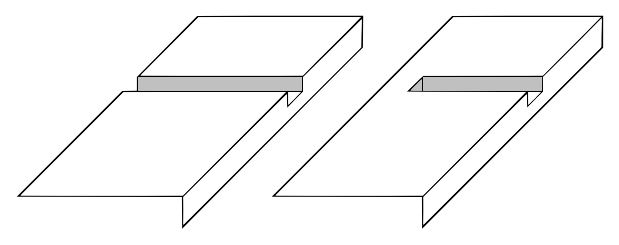
Dado joints involve cutting a groove or slot across the grain of one piece of wood to receive the end of another piece. They are commonly used in cabinetry and shelving for strong and stable joints.
5. Rabbet Joints

Rabbet joints consist of one piece of wood with a groove or notch cut along the edge to receive the end or edge of another piece. They are often used in cabinet backs, drawer bottoms, and picture frames.
6. Lap Joints
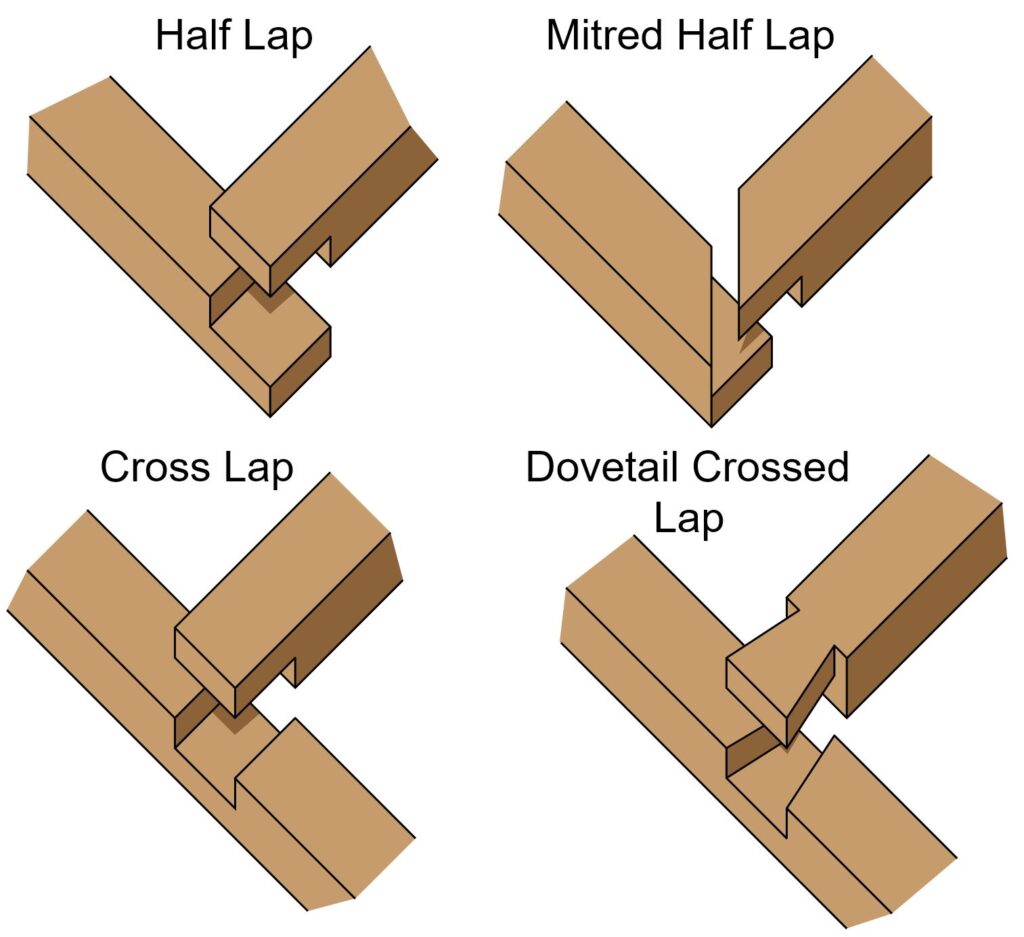
Lap joints are formed by overlapping the ends or edges of two pieces of wood and securing them together with glue or fasteners. They are simple to create and offer decent strength for various woodworking projects.
7. Splice Lap
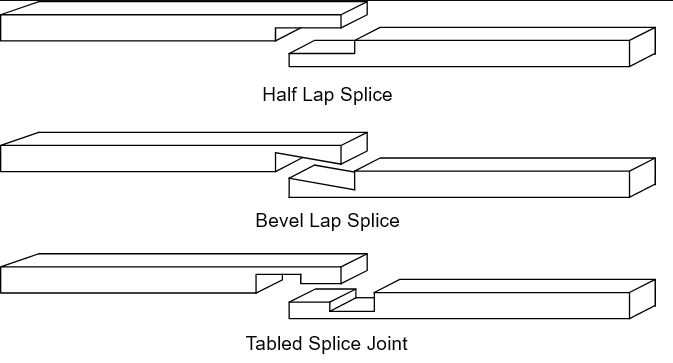
Splice lap is a method of joining two boards end-to-end. This is useful when you need a long span but only have two shorter boards and need to connect them.
8. Bridle Joints
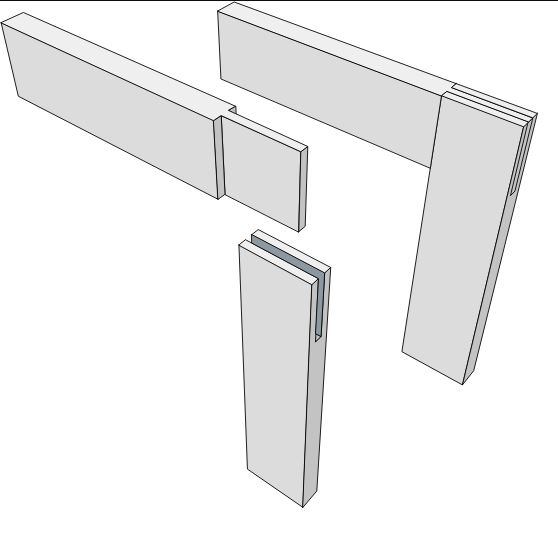
Bridle joints, also known as open mortise and tenon joints, consist of a mortise and tenon with both pieces of wood having through cuts. They are commonly used in chair and table construction for their strength and stability.
9. Tongue and Groove Joints
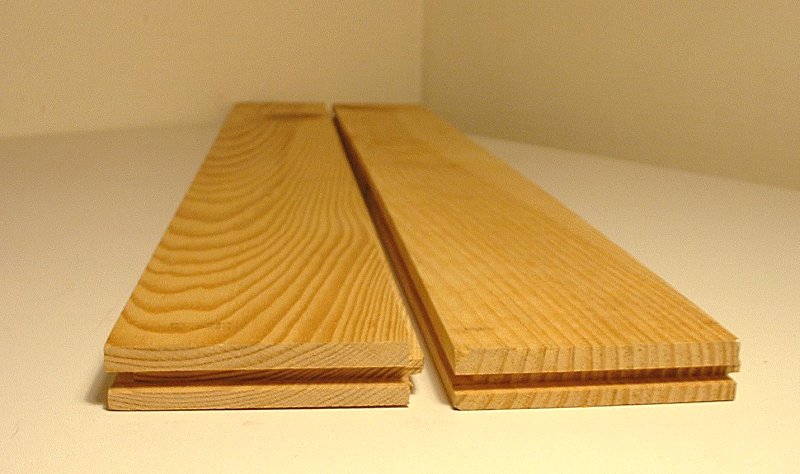
Tongue and groove joints involve fitting a protruding tongue on one piece of wood into a groove on another piece. They are commonly used in flooring, paneling, and cabinet making for their tight fit and added strength.
10. Miter Joints
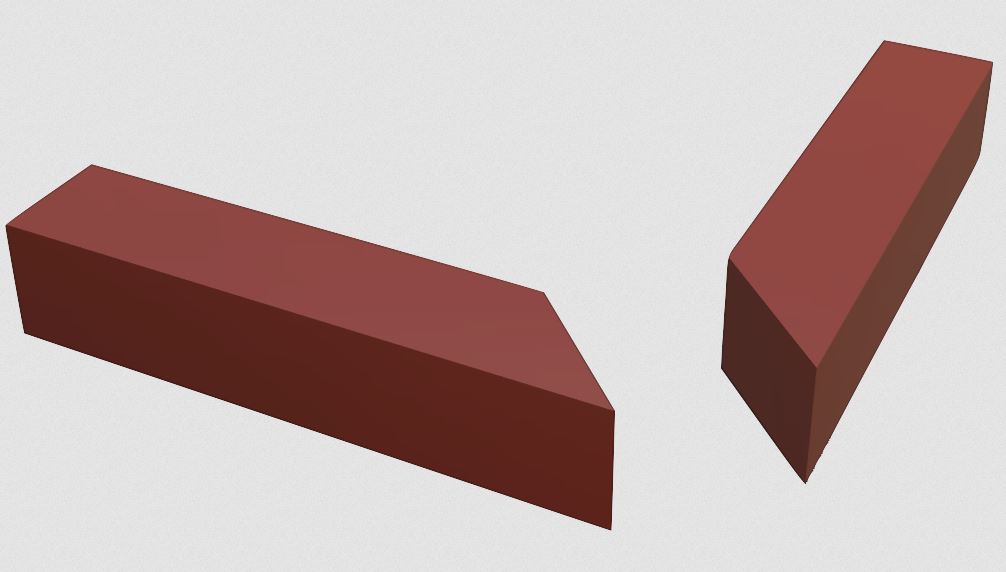
Miter joints are formed by cutting two pieces of wood at an angle and joining them together to form a corner. They are commonly used in picture frames, moldings, and door and window casings for their clean and seamless appearance.
11. Butt Joints
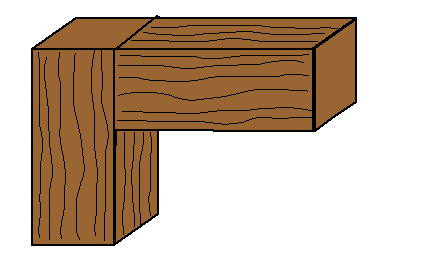
Butt joints are the simplest form of joinery, involving the joining of two pieces of wood at their ends or edges. They are often reinforced with dowels, biscuits, or screws for added strength.
12. Scarf Joints
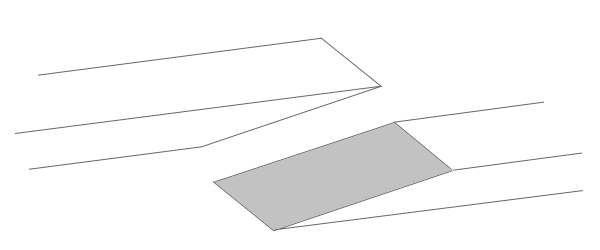
Scarf joints are used to join two pieces of wood end-to-end at an angle, creating a long, continuous joint. They are commonly used in boatbuilding, furniture making, and timber framing for their strength and flexibility.
13. Lock Miter Joints
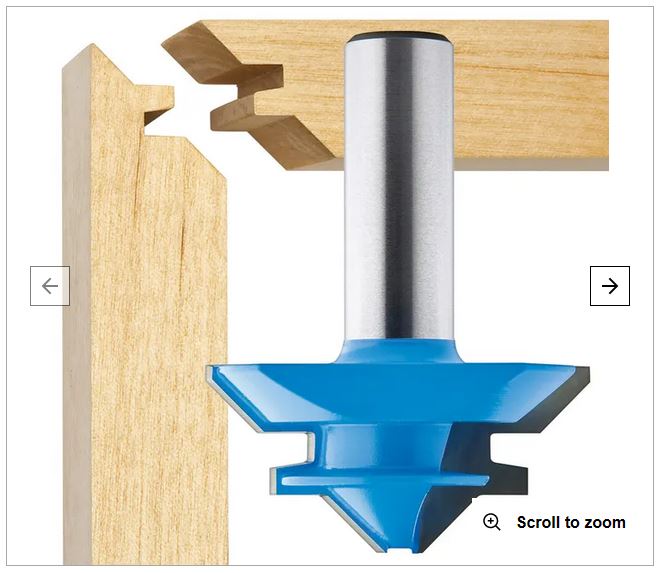
Lock miter joints are created by cutting complementary angles on the edges of two pieces of wood, allowing them to interlock securely. They are commonly used in cabinet and drawer construction for their strength and stability.
14. Birdsmouth Joints
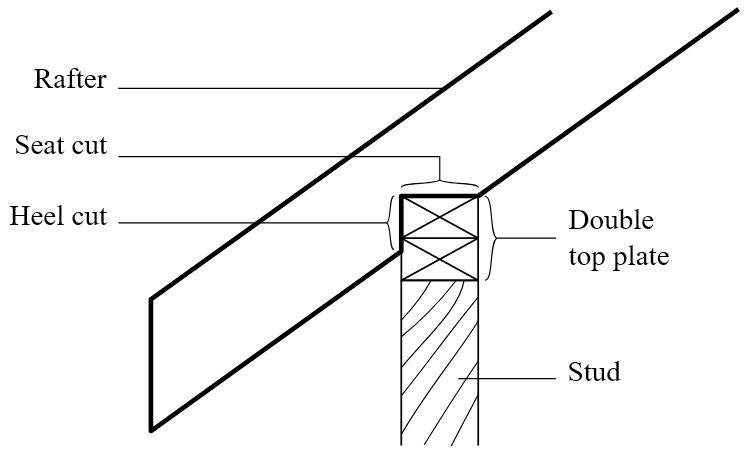
Birdsmouth joints involve cutting a notch in the rafter of a roof to fit securely over the top plate of a wall. They are commonly used in carpentry and timber framing for their ability to provide a strong and stable connection.
15. Pocket Hole Joinery
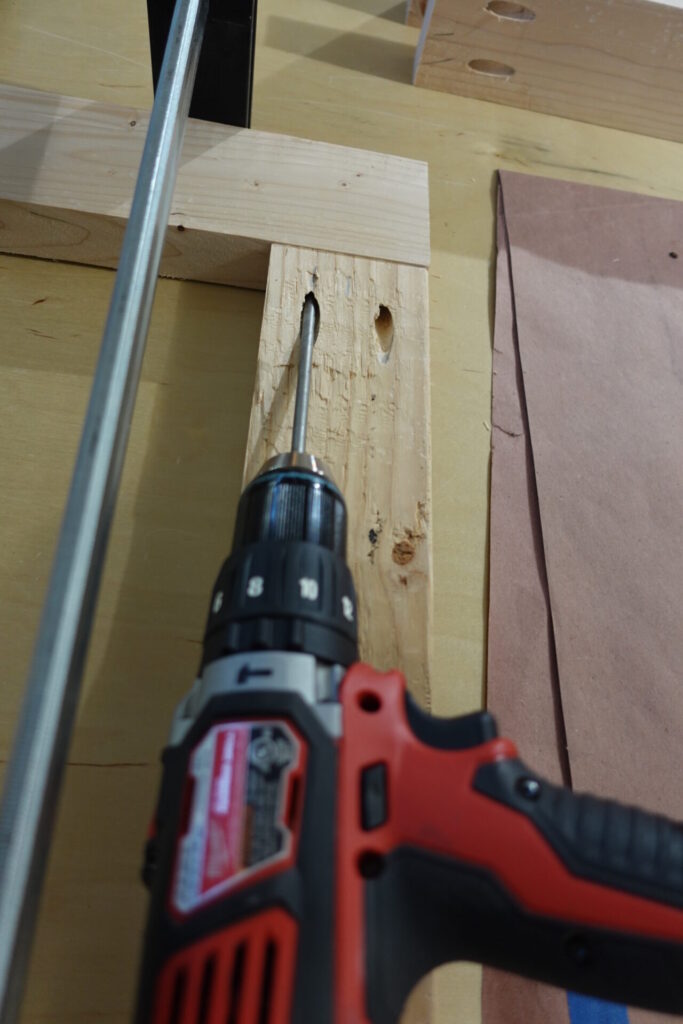
Pocket hole joinery involves drilling angled holes in one piece of wood and then joining it to another piece with screws. It is a quick and easy method for creating strong joints, commonly used in furniture making and cabinet assembly. Here is a fun project with many pocket holes: Mobile Sports Cart.
Tips for Success
Achieving mastery in woodworking joinery requires practice, patience, and attention to detail. Here are some tips to help you succeed:
- Measure Twice, Cut Once: Precision is key in woodworking joinery, so always double-check your measurements before making any cuts.
- Use Sharp Tools: Sharp tools result in cleaner cuts and tighter joints, so keep your tools well-maintained and sharpened.
- Practice Joinery Techniques: Take the time to practice different joinery techniques on scrap wood before tackling your main project.
- Consider Wood Selection: Different types of wood have varying properties, so choose the right wood for your project based on strength, durability, and aesthetic appeal.
Elevate Your Craftsmanship with Wood Joinery
Mastering the art of woodworking joinery opens up a world of possibilities for creating beautiful and durable pieces of furniture, cabinetry, and woodworking projects. By familiarizing yourself with these 15 essential techniques and practicing diligently, you can take your craftsmanship to new heights and produce work that is both functional and visually stunning.
Looking for More?
Check out The Complete Guide to Joint-Making by John Bullar